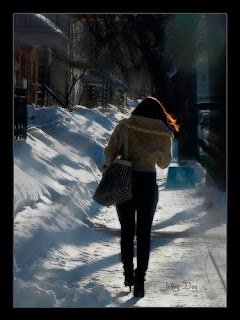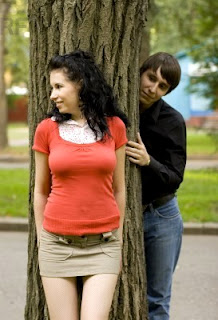 This year was the fist time I had entered a radio studio and on doing so as part of this project, I adapted the role of sound man whilst recording. Although all of my group members were aware of how to lead the recoding stage, I basically did most of the time. The select few sections of the Sound Track Pro software which mattered to get everything recorded basically consisted of the start, stop, pause and record button so it wasn’t very hard. It took a bit longer for me to grasp the editing stage and the other two group members to part in more editing than I did.
This year was the fist time I had entered a radio studio and on doing so as part of this project, I adapted the role of sound man whilst recording. Although all of my group members were aware of how to lead the recoding stage, I basically did most of the time. The select few sections of the Sound Track Pro software which mattered to get everything recorded basically consisted of the start, stop, pause and record button so it wasn’t very hard. It took a bit longer for me to grasp the editing stage and the other two group members to part in more editing than I did.All this really included was the use of the mouse to highlightthe section of sound desired, then clicking the 'slice' tool to section off the desired area of sound, and then selecting the 'mouse icon' again to then select the desired area to backspace or cut away. I learnt that slicing the sound recordings divided the overall recordings, but altering the sizes of each section of sound by dragging or stretching the area of sound simply extended or decrease the amount of time that each sound was heard. I did this when I wanted to have two different areas of sound/recording t o play at the same time or over each other or when fitting a certain sound which was on a different track within a chosen amount of space or timing. Overlapping sounds on different tracks was done using this process, but in terms of overlapping sound on the same track, selecting the section with the mouse and literally dragging and placing it over another section of sound also did the same trick.
Once I got the hang of it, editing was not complicated at all however with all our extra hours of recording blunders and ‘just in case’ dialogue – I am glad that I kept breaking up the recordings by stopping and starting regularly. Even though we didn’t think to number the recordings straight away as we went along, this made finding specific bits much easier.
Adding sound effects used the same program, however differs as one would then choose multi-purpose-program instead of new project as this selection allows the multifaceted use of programs in one program – cutting down the amount of different programs opened on screen and improving efficiency. Recording, editing and adding sound clips can be done all at the same time, but this was a bigger challenge for me. The other two members of the group handled this while I assisted in listening back to each bit of progress to alter volume and overall conceivability of each effect.
Adding new sound effects to a new track made it much easier to manoeuvre the sound effects around the already edited and placed recordings as too much moving around of the edited recoding sections understandably disrupted the way the end result all sounded. This is because each sound clip also took up space as the recordings did when place onto the recoding strip (or space where the recording appeared), although it was also possible to extend, overlap or stretch the sound clips so they played over or a recording section or at the same time. I also learned that we could also copy a section of or each recording and keep pasting it so the sound clip played as a longer continuous sound if we wanted it to be this way.


For my radio drama advert, I used Adobe Photoshop to complete the whole thing. I have previously used this software so I was aware of how it was formatted and all the tools. This helped me to efficiently create a realistic manipulation of three separate pictures, which I bought together to create my final poster. My double page spread of a Radio Times listings schedule was created using In Design. This was also a software i had previously used, making it easy for me to make my finished product appear as close to the examples that i based the production on.
 After our audience feedback was gathered, we manually recoded new sounds and I took the opportunity to be more hands on with the editing and addition of sound effects to get the later refined and final version of our radio drama.
After our audience feedback was gathered, we manually recoded new sounds and I took the opportunity to be more hands on with the editing and addition of sound effects to get the later refined and final version of our radio drama. Not only dod I take part in actually making/doing the specific sound effects which included the same process as before, and simply pressing the record button before and after making whatever sounds into the microphone. Saving them as individual files however was as follows.
Each sound clip had to be selected one at a time, by clicking on it, highlighting it in darker green as it normally did when clicked on. Then clicking the ‘Process’ tab at the top of the software to then select ‘Naturalize’ allowed for the true likeness of the sound ready for when it would be used as a sound clip.
Next I had to click ‘File’, then scroll down to ‘Export’, when the next window would pop up and I named the recording as whatever it was (strugulation sounds = strangulation) and as long as the 3 boxes were ticked at the bottom, this allowed all the audio files/information to be saved so that on moving the new saved file/sound clip to my newly created ‘Master’ folder, each sound could be dragged straight onto the track in the radio drama recoding as the other existing sound clips could be used. Ultimately this was the transformation from recoding to sound clip, which was saved in my ‘Master’ folder and dragged over onto USB which got dragged into place as we carried on refining the radio drama at the end.


s9M!!Wk~%24(KGrHqYH-DIEtH(BY%2BhYBLY9b6mHUg~~_12.jpg)






